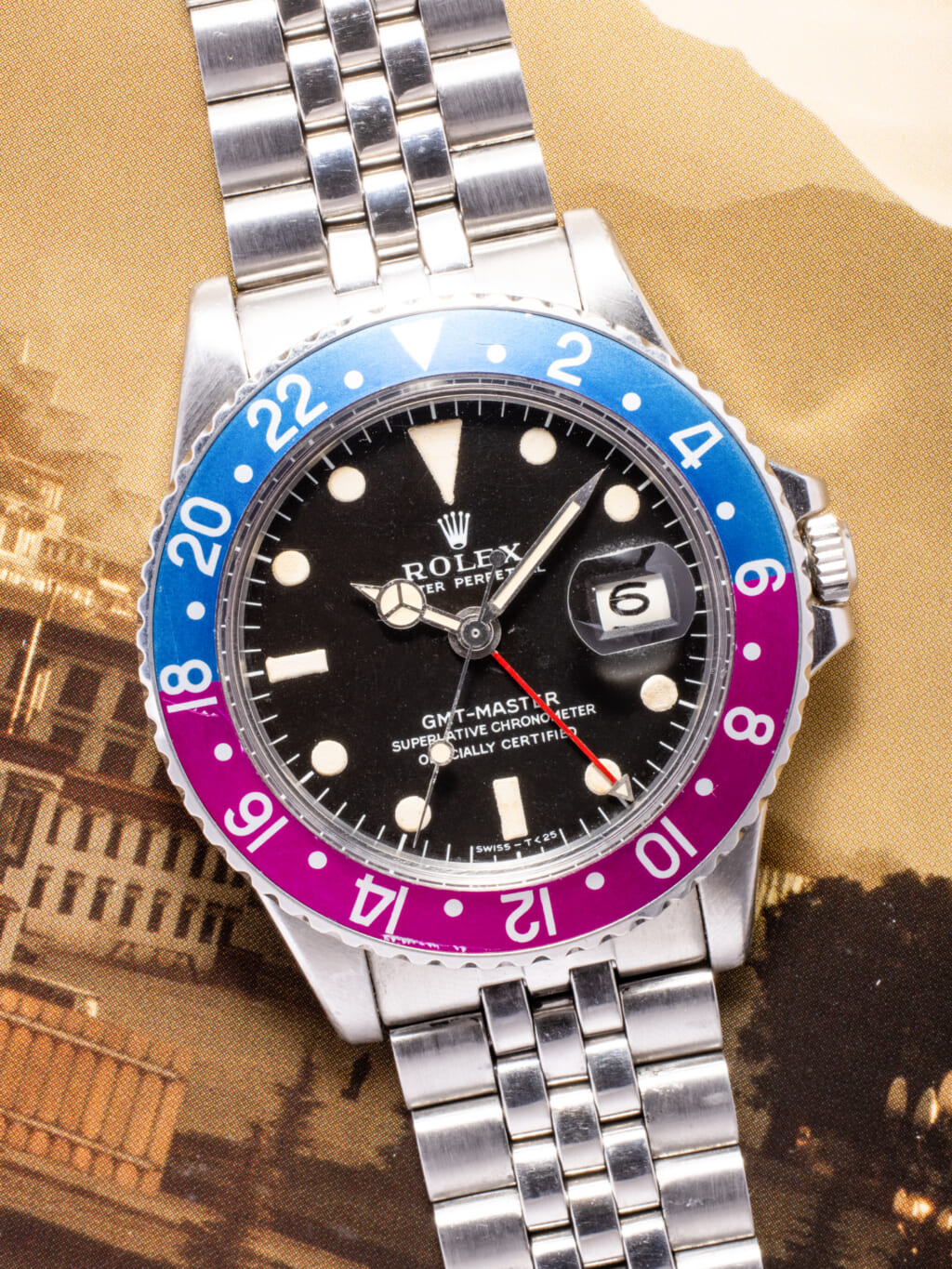The Crypto Crash Is Driving Sales Of Rolex Watches On The Secondary Market
The weak crypto market is spurring some investors to sell their Rolexes to recoup their losses.

As far as foolproof investments go, it seems there are no sure bets — certainly not in the world of cryptocurrency, least of all this year. The opposite of that just might be classic Rolex watches, which gained more value than gold or real estate across the past decade.
But the tides are turning as the crypto market turns, too.
So, what’s a crypto investor to do? Turn to the secondary market to sell off their Rolex watch, according to recent news reports that indicate the resale market is booming for covetable Rolex styles.

Indeed, there are more than 87,000 Rolex watches available right now at watch-selling platform Chrono24, which told Bloomberg that supply of watches like Rolex is currently “much larger” than in years past.
Larger supply means, naturally, that prices will drop, and that includes pricing for legendary models like the Rolex Daytona.

Reports indicate that pricing for the Daytona (as well as other legendary, highly covetable models from companies like Patek Philippe) is about 25 percent below its peak.
Crypto investors experienced the opposite last year, as the crypto market boomed — which led those on the winning side of the equation to invest in, among other things, luxury watches on the secondhand market.

As recently as this spring, Rolex watches caused a frenzy on the secondary market — and the iconic company caused a frenzy with new releases at Watches & Wonders 2022 in particular.

Take the left-handed version of its famed GMT-Master II, which retailed for nearly $12K and can be had on the secondary market for around $15,000 — an increase not so drastic as to scare eager collectors away from owning a piece of history.
It’s anyone’s guess where the market will go from here for both cryptocurrency and famed vintage (or soon-to-be-vintage) watches, but if you’re in the market for a Rolex watch, you very well might be able to buy low… relatively low, that is.
